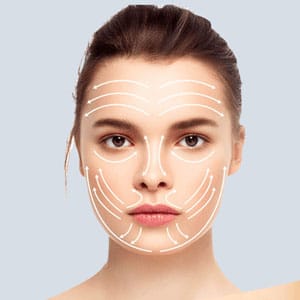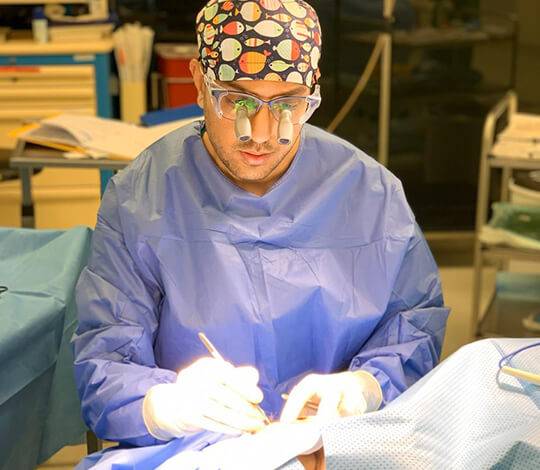Overview
Hand surgery is very specialized surgery that can treat diseases that cause pain and impair the strength, function and flexibility of your wrist and fingers.
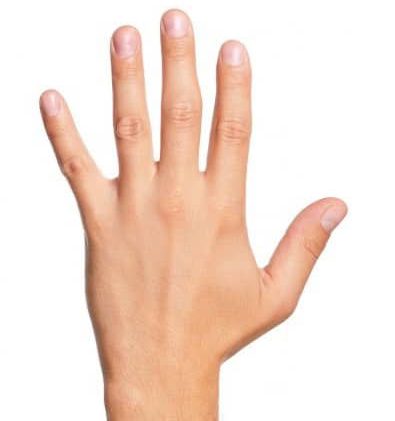
Introduction
Reconstructive hand surgery a common procedure needed to relieve pain in the hand or restore function r improve appearance of the hand after injury, disease or birth deformities.
What Is Hand Surgery?
Hand surgery is a broad field in plastic surgery, incorporating various kinds of procedures. Dr Abizer Kapadia selects the ideal procedure as per the patient’s needs. He focuses on restoring both the functional as well as aesthetics of the hand. This means exploring both aspects of plastic surgery: reconstructive and cosmetic.

Who Is An Ideal Candidate For Hand Surgery?
Dr. Abizer Kapadia, a Board Certified Plastic Surgeon, has provided guidelines as to who can receive Hand surgery:
- You have incurred some trauma to your hand that has affected functionality and/or aesthetic appeal, therefore requiring surgery.
- You have experienced rheumatic changes to the structures in your hand, which have decreased its usability.
- You have congenital deformities or deformities present since birth, which prevent you from using your hand as much as necessary.
- You have had any infection, which hinders the usage of your hand while also changing its aesthetics, making it look unnatural.
What To Expect At The Consultation With Dr. Abizer Kapadia?
Dr. Abizer Kapadia gives the utmost importance to the consultation as it is the step where you understand the procedure, all the aspects of it, and analyze your comfort level with the doctor and his/her staff. During the consultation, Dr. Abizer Kapadia will guide you through the whole process with all the details and will discuss how to prepare for the surgery, its recovery process, helping you make an informed decision. Dr. Abizer will also discuss and understand your reasons for getting surgery and help you have realistic goals and expectations from the surgery.
During the consultation, you should prepare yourself for a physical examination and discuss your medical history, previous surgeries, drug allergies, medical conditions, and other such topics concerning your health. Dr. Abizer also urges his patients to ask questions and queries to resolve any doubts they may have regarding the surgery, procedure, risks involved, and results as his utmost priority lies in the safety and satisfaction of his patients.
Before / After Images
Client Results
How Hand Surgery Is Performed?
There are different kinds of procedures for hand surgery. Dr Kapadia chooses the ideal surgery for you depending on the underlying cause. Therefore, the first step of hand surgery is identifying the underlying cause.
These are the list of procedures that tackle any hand deformities and restore functionality and aesthetic appeal to your hand:
Open Fracture Reduction And Fixation: Reimplantation or revascularization – when there is severe trauma to the hand or finger leading to severing of the part (amputation) either partial or complete, Dr Kapadia can attempt to join back the hand or finger using complex techniques and microsurgery. This operation entails several hours depending on the severity of injury and patient factors, there would be a successful outcome restoring and salvaging the hand or finger by joining back the bones , tendons , blood vessels and nerves. A select few centers would be able to offer this complex surgery around the world.

Closed Reduction And Fixation: This technique may be used when there is a fracture in part of the hand. This procedure attempts to realign the fractured bone and then immobilize the area while the patient heals. Immobilization is often done with internal fixtures, such as with wires, rods, splints, and casts.
Tendon Repair: Tendons are fibres, which attach muscle to bone. Repairing them remains a surgical challenge because of their structure. Tendon injuries may occur due to infection, trauma, or spontaneous rupture. There are different types of tendon repair: primary, delayed primary, or secondary.
Primary repair is usually completed within 24 hours of the injury. Delayed primary repair is generally performed a few days after the injury, but while there is still a wound opening. Secondary repairs may occur two to five weeks or longer after the injury.
Primary repairs usually involve direct surgical correction of the injury, while secondary repairs include techniques like tendon grafting, where tendons from other areas of the body are inserted in the place of the damaged tendon.
Nerve Repair: The ulnar nerve, the median nerve, and the radial nerve are the three main nerves in hand. Damage to these nerves from injury may result in a decreased ability to move and experience feeling in hand. Some nerve injuries heal on their own, while others require surgery.
You need to get nerve repairs done within 3-6 weeks after the injury for the best results. Repairing a damaged nerve as early as possible, before other injuries can complicate it, increases the likelihood of a full recovery.
In the case of a severed nerve, it is reattached directly to the other end of the nerve. If necessary, a nerve graft is used for this technique, i.e. nerves from other areas of the body are inserted in the place of the damaged nerve. This repairs the damaged section successfully.
Surgical Drainage and/or debridement: Infections of the hand are a common reason people seek treatment. The treatment for infections to the hand may include rest, use of heat, elevation, antibiotics, and surgery.
Surgical drainage removes the excess collection of pus while debridement cleanses the wound, preventing further infection. Together, they promote healing, especially if the infection or wound is severe.
Joint Replacement: Also known as arthroplasty, this procedure helps patients suffering from severe arthritis in their hands. This involves replacing a joint that has been destroyed by the disease process with an artificial joint. This artificial joint may be made out of metal, plastic, silicone rubber, or the patient’s body tissue.
Carpal Tunnel Syndrome: A condition caused by pressure to the median nerve within the wrist, or carpal tunnel. You might feel pain, a tingling sensation, numbness of the fingers, weakness or aching. A small incision is made in the wrist and by use an endoscope camera – the tight tunnel is released. The results are gratifying with immediate relief of symptoms.
Dupuytren’s Contracture: A disabling hand disorder in which thick, scar-like tissue bands form within the palm and may extend into the fingers. It can cause restricted movement, bending the fingers into an abnormal position. There a variety of surgical options which can be offered depending on the severity of the disease.
What Is Recovery After Hand Surgery?
The procedure is a daycare procedure, which means you can go home on the same day, after surgery. Your hand may be immobilized in a bandage or splint after surgery. Your physician will decide the length of time of the immobilization. After some surgeries, the hand may be immobilized for months at nighttime to enhance recovery.
There are several things you need to keep in mind to ensure a smooth recovery. These include:
- Ensuring to keep your dressings on and dry at all times.
- Keeping your arm and hand elevated for 3-5 days following the surgery. If swelling and pain persist, keep it elevated.
- Moving your joints on the surgical side to manage the swelling and prevent stiffness.
- Taking pain medication as soon as you get home, without waiting for the anaesthesia to wear off.
- Getting physical therapy for smoother, better movement.
There may be some restrictions placed on activities and work after the surgery. This also will be determined by your physician, based on an individual basis.
What Are The Results?
As you recover, you should see drastic improvements in your hand’s movements and appearance. The combination of recovery and rehabilitation ensures that you can gain much better usage of your hand and feel much better about yourself.
Book Appointment
You Might Be Interested In
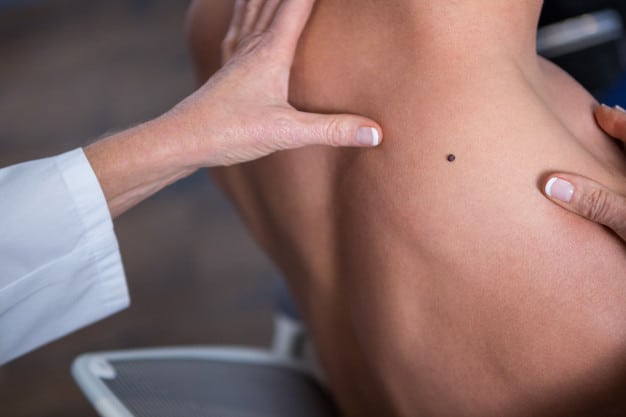
Skin Cancer Removal & Reconstruction
Overview Skin cancer removal procedure includes surgically removing cancerous and other skin lesions using specialized techniques to preserve your health and your appearance. Introduction Skin
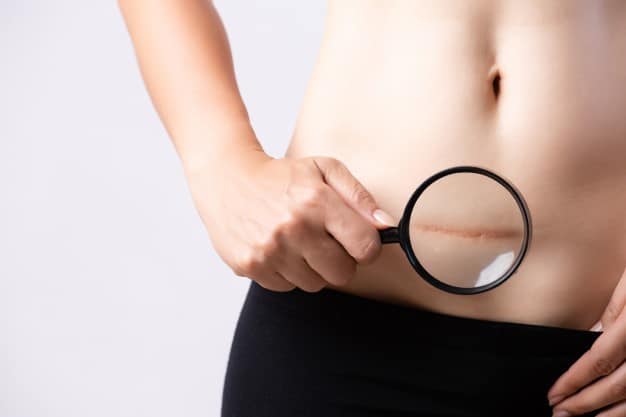
Trauma, Wound Coverage and Scar Revision
Overview Wounds and trauma to the body can have lasting results. They can severely affect the aesthetics of the body, therefore requiring plastic surgery as
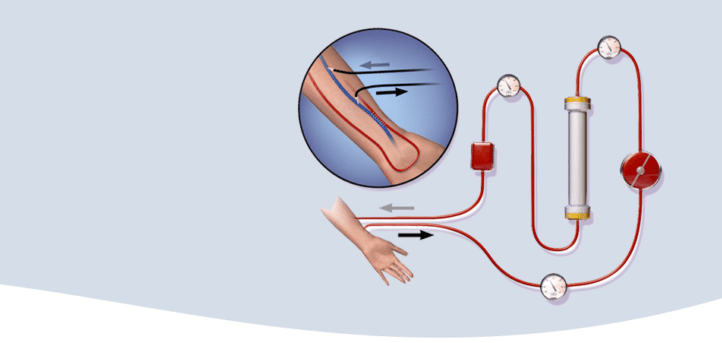
Creation of A-V Fistula for Renal Dialysis
Overview An AV fistula is a connection that’s made between an artery and a vein for dialysis access. Introduction If you have been diagnosed with
- Hours
-
Timing - 8:00 am to 6:00 pm on Monday to Thursday
Saturday 9:00 am to 5:00 pm - Friday, Sunday : Closed



